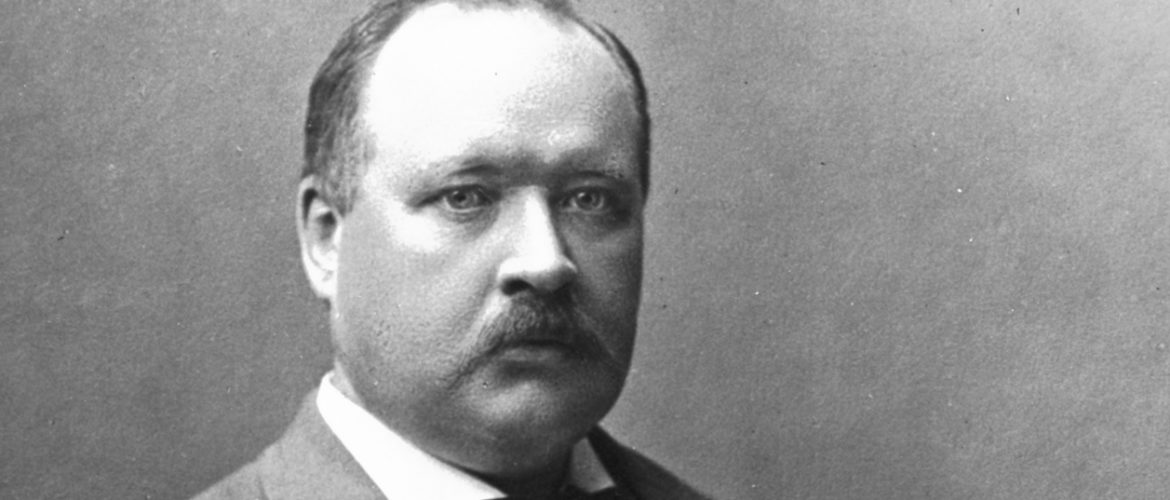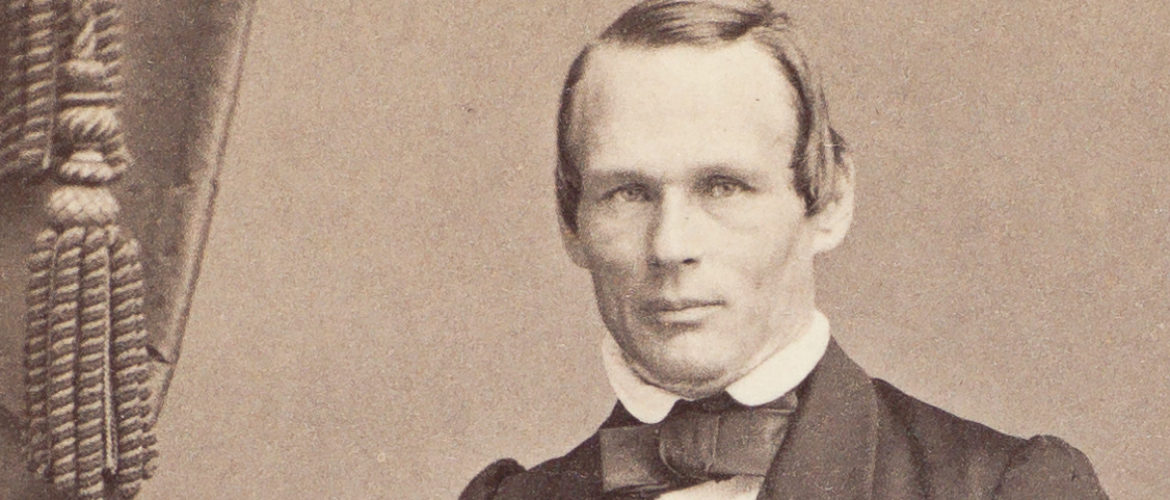1859–1927.
Physicist, chemist.
Svante Arrhenius was born at Wiks Castle outside Uppsala where his father was a trustee.
He was one of the foremost natural scientists of his time and received the first Swedish Nobel Prize in Chemistry in 1903 for his efforts regarding the electrolytic Dissociation theory from 1887. It changed all the chemists perceptions of acids, bases and salts.
From the mid-1890s, Arrhenius's interest was extended to geophysics and cosmic physics. He regarded himself as a physicist, but his main findings mainly concerned chemistry.
From 1905, Arrhenius was the director of the Nobel Institute for Physical Chemistry (Academy) in the same year.
Also as a popular science writer, Arrhenius was internationally known among other things through the release of the development of the Worlds (1906), Man in the face of the World Riddle (1907), Smallpox and their suppression (1930), The Fates of the Stars (1915) and The chemistry and Modern Life (1919).
Burial site: 0152-0062
Image description: Svante Arrhenius, unknown year. Photo: Unknown photographer / Technical museum. [The image is cropped]
Click here for an uncropped image


